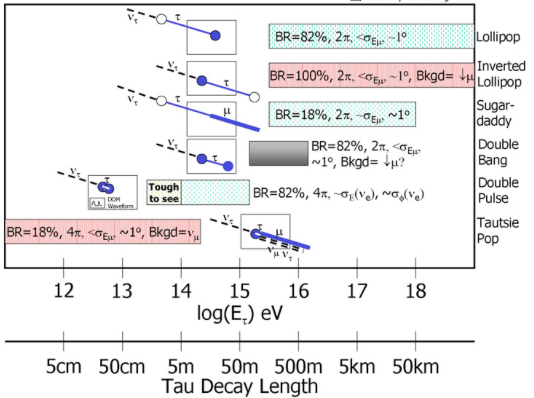Over the past decade, a new trend has been emerging in physics, one that is motivated by several key questions: what do we know about the origin of our universe? What do we know about its composition? And how will the universe evolve from here? To delve into these questions naturally requires a thorough examination of the universe via the astrophysics lens. But studying the universe on a large scale alone does not provide a complete picture. In fact, it is just as important to see the universe on the smallest possible scales, necessitating the trendy and (fairly) new hybrid field of particle astrophysics. In this post, we will look specifically at the cosmic microwave background (CMB), classically known as a pillar of astrophysics, within the context of particle physics, providing a better understanding of the broader questions that encompass both fields.
Essentially, the CMB is just what we see when we look into the sky and we aren’t looking at anything else. Okay, fine. But if we’re not looking at something in particular, why do we see anything at all? The answer requires us to jump back a few billion years to the very early universe.

Immediately after the Big Bang, it was impossible for particles to form atoms without immediately being broken apart by constant bombardment from stray photons. About 380,000 thousand years after the Big Bang, the Universe expanded and cooled to a temperature of about 3,000 K, allowing the first formation of stable hydrogen atoms. Since hydrogen is electrically neutral, the leftover photons could no longer interact, meaning that at that point their paths would remain unaltered indefinitely. These are the photons that we observe as CMB; Figure 1 shows this idea diagrammatically below. From our present observation point, we measure the CMB to have a temperature of about 2.76 K.
Since this radiation has been unimpeded since that specific point (known as the point of ‘recombination’), we can think of the CMB as a snapshot of the very early universe. It is interesting, then, to examine the regularity of the spectrum; the CMB is naturally not perfectly uniform, and the slight temperature variations can provide a lot of information about how the universe formed. In the early primordial soup universe, slight random density fluctuations exerted a greater gravitational pull on their surroundings, since they had slightly more mass. This process continues, and very large dense patches occur in an otherwise uniform space, heating up the photons in that area accordingly. The Planck satellite, launched in 2009, provides some beautiful images of the temperature anisotropies of the universe, as seen in Figure 2. Some of these variations can be quite severe, as in the recently released results about a supervoid aligned with an especially cold spot in the CMB (see Further Reading, item 4).


So what does this all have to do with particles? We’ve talked about a lot of astrophysics so far, so let’s tie it all together. The big correlation here is dark matter. The CMB has given us strong evidence that our universe has a flat geometry, and from general relativity, this provides restrictions on the mass, energy, and density of the universe. In this way, we know that atomic matter can constitute only 5% of the universe, and analysis of the peaks in the CMB gives an estimate of 26% for the total dark matter presence. The rest of the universe is believed to be dark energy (see Figure 3).
Both dark matter and dark energy are huge questions in particle physics that could be the subject of a whole other post. But the CMB plays a big role in making our questions a bit more precise. The CMB is one of several pieces of strong evidence that require the existence of dark matter and dark energy to justify what we observe in the universe. Some potential dark matter candidates include weakly interacting massive particles (WIMPs), sterile neutrinos, or the lightest supersymmetric particle, all of which bring us back to particle physics for experimentation. Dark energy is not as well understood, and there are still a wide variety of disparate theories to explain its true identity. But it is clear that the future of particle physics will likely be closely tied to astrophysics, so as a particle physicist it’s wise to keep an eye out for new developments in both fields!
Further Reading:
- “The Cosmic Cocktail: Three Parts Dark Matter”, Katherine Freese
- “Physics of the cosmic microwave background anistropy”, from the arXiv:astro-ph
- Summary of dark matter vs. dark energy and other resources from NASA
- Summary of the supervoid aligned with a cold spot in the CMB, Royal Astronomical Society monthly notices







